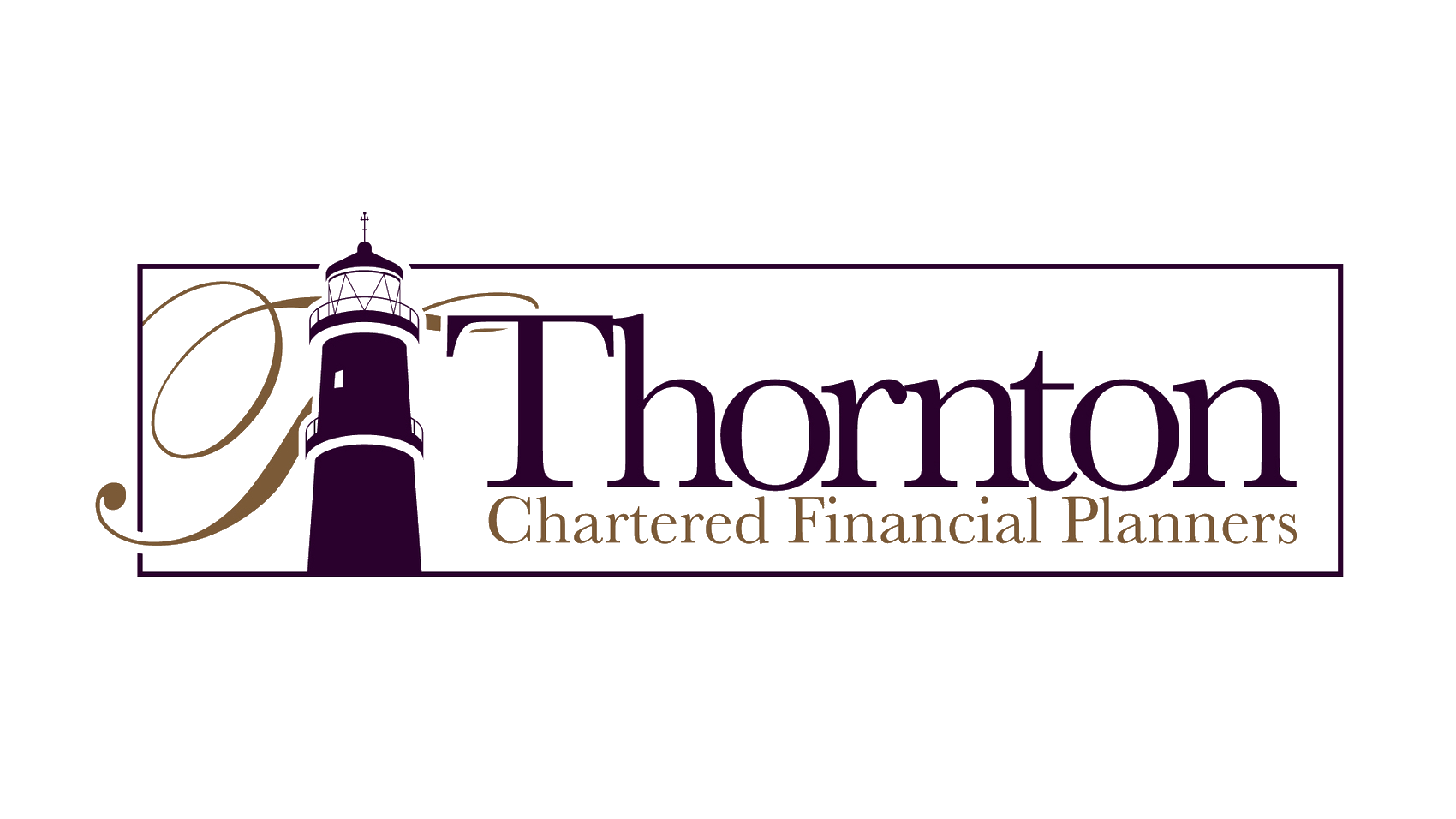In this article, John Condon, one of our Chartered Financial Planners, answers many of the questions arising from recent changes to the State pension.
What age will the State pension become payable?
The state pension age for men is currently 65. This will increase to 66 between December 2018 and October 2020, then to 67 by April 2036. The final planned increase will be to age 68 by 2046.
For women, it’s between 60 and 65 for those born prior to 5th December 1953, depending on when they were born.
Those born later will have a state pension age of 65, however it will soon increase in line with the men’s, as detailed above.
There is no guarantee that these dates won’t be pushed back further.
What am I hearing about changes to the IOM state pension?
Anyone reaching state pension age after 6th April 2019 will receive the new “single tier” state pension, if they have a sufficient National Insurance (NI) record. Replacing the existing state pension, the single tier is thought by the IOM Government to be a much simpler arrangement, with entitlement based on your total years’ contributions, with a full pension paid for 35 years’ contributions.
The full single tier will be £180 per week when introduced. Entitlement could be less if your NI record is less than 35 years, or you have previously paid NI at a reduced rate, because you have been contracted out of the earnings-related portion of NI at some point. (see section 7). You can get an IOM state pension forecast by emailing Isle of Man Government to ask them to to send you an application form at pensionstatement@gov.im
For those close to retirement age, an entitlement greater than the £180 per week single tier may have been accrued. In these cases, the greater amount is “ring-fenced” and protected to ensure nobody is disadvantaged by the changes.
What will happen to the Additional Pension and Manx Supplement?
The single tier pension will be introduced at £180 per week from April 2019. Prior to this, the state pension is currently made up of three parts – the Basic Pension, Additional Pension and Manx Supplement. The maximum basic pension is £125.95 in the current year, on top of that Additional Pension accrued for those who have paid any earnings-related NI is paid.
The Manx supplement is an additional payment, added to the state pension for those who qualify. The supplement is only paid to those ordinarily resident in the IOM, if you move off island, the supplement ceases to be paid.
The introduction of the single tier will see the Manx supplement phased out over the next 20 years. The intention is to reduce entitlement by 5% each year. Again, pensioners will not be disadvantaged as anyone left worse off under the new rules will have the difference paid from a specific reserve fund.
Will my pension increase each year when it’s in payment?
The IOM state pension is increased by the National Earnings Average (NEA) each April. This is different to the UK’s approach where a “triple lock” guarantee is used. Under this agreement the UK’s state pension increases by inflation, NEA or 2.5% – whichever is higher.
There is much debate over the sustainability of the UK’s “triple lock” guarantee.
If I’ve lived in the UK, do I need to know about the UK state pension?
Yes, you do.
Prior to 2016, pensioners claimed their state pension from the country they resided in on reaching state pension age. However, it is now necessary to make separate claims to both the UK and IOM Government
A pension will be paid from both countries where a pensioner has at least 10 years’ NI contributions between the two jurisdictions.
If you have a UK NI contribution record of at least three full years, you may have an opportunity to increase your UK state pension entitlement by making voluntary contributions.
You can check your UK NI record and obtain a UK state pension forecast by going to the gov.uk site search under “check national insurance record” and “check state pension” respectively.
How is the state pension taxed?
IOM and UK state pensions are paid “gross” i.e. without tax being deducted at source. It is however taxable and declared in your annual tax return. The rate at which you pay tax on it depends on your other sources of income. Where you are taxed individually, the first £13,250 is free from tax. If all your income falls within this personal allowance you will not pay tax.
Where the state pension is your only source of income, no tax will be due. Often people have other forms of income, be it personal/occupational pension income, bank interest, dividends or rental income.
Income between £13,251 and £19,750 is subject to tax at 10% with any in excess of that taxed at the Isle of Man’s maximum rate – 20%.
For couples who are assessed jointly, your combined income is taxed at a rate determined by doubling the tax-free personal allowance and 10% tax band.
On reaching state pension age, you no longer have to pay NI, even if you continue to work.
When relocating to another country, the tax treatment of the IOM state pension in that country should be considered. In addition, in certain countries where no “reciprocal agreement” exists, the IOM pension will no longer benefit from annual increases and will instead continue to be paid at the last rate it was paid at prior to relocating.
What about “contracting out”?
Those who have been contracted out (often through membership of a final salary scheme such as the IOM Public Sector staff pension scheme) will see their entitlement reduced to take into account the fact that they have paid less NI during this period.
The introduction of the IOM single tier state pension will see the end of “contracting out”. Contracting out of the secondary pension (e.g. SERPS) meant both employer and employee paying lower rates of NI. This NI saving will have been used to secure comparable benefits within an employer provided scheme.

